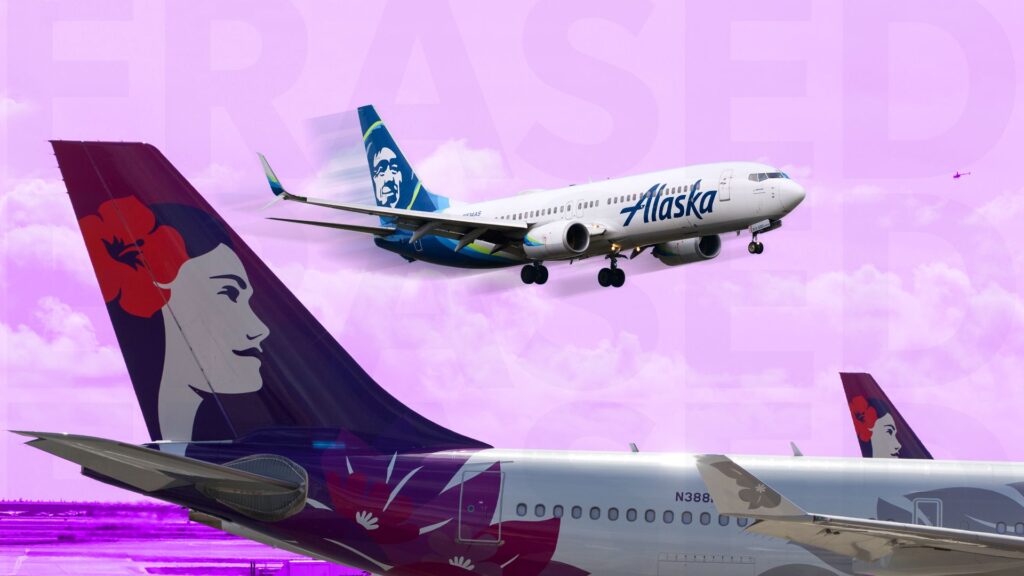
Alaska Airlines has successfully acquired Hawaiian Airlines, finalizing the deal for $1.9 billion on September 18, 2024. This merger positions the Alaska Air Group as one of the largest airlines in the United States, raising concerns among loyal Hawaiian Airlines passengers about the future of the Hawaiian brand. While uncertainty lingers, Alaska Airlines has stated that it has no plans to eliminate the Hawaiian name in the near term.
The acquisition, which includes the assumption of nearly $1 billion in debt, marks a pivotal moment for both airlines. The combined fleet now features a range of aircraft, including widebody models like the Airbus A330 and Boeing 787, enhancing the carriers’ operational capabilities. Together, they are set to operate around 40% of all flights between Hawaii and the contiguous United States, according to reports from AP News.
Impact on Operations and Branding
The merger promises to revolutionize travel to and from Hawaii and across the West Coast. Hawaiian Airlines will join the OneWorld alliance alongside Alaska Airlines, and both carriers will implement a unified frequent flyer program starting in October 2025. Members of HawaiianMiles will transition to the Alaska Airlines Mileage Plan, streamlining the travel experience for passengers.
Despite the merger, concerns persist regarding the potential disappearance of the Hawaiian brand. Alaska Airlines is still recovering from a $160 million loss in a trademark dispute with Virgin Aviation, which imposes a minimum royalty of $8 million annually until 2039. This background raises questions about the strategic direction of the airline group.
In a notable development, Alaska Airlines plans to introduce a Boeing 787 that will operate under the Alaska Airlines livery, despite being operated by Hawaiian Airlines. This shift signifies Alaska’s ambitions in international long-haul travel, particularly from Seattle-Tacoma International Airport, as they expand their global footprint.
Future Prospects and Leadership Changes
Hawaiian Airlines is set to receive up to 12 Boeing 787-9 aircraft, with four already delivered, further enhancing its international capabilities. The merger is not merely about expanding domestic flight paths; it also aims to bolster access to long-haul routes. Current operations include direct flights between Seattle and key Asian destinations such as Tokyo Narita and Incheon.
The Alaska Air Group has announced the formation of a dedicated leadership team based in Honolulu to oversee both Hawaiian and Alaska Airlines operations. Jim Sanders, previously Senior Vice President of Technical Operations at Hawaiian Airlines, will take on the role of Head of Hawaii operations. This strategic leadership aims to solidify the group’s presence in Hawaii, which remains a critical hub with over 180 flights daily.
Hawaiian Airlines CEO Joe Sprague emphasized the commitment to maintaining the airline’s legacy, stating, “Hawaii will always be the home of Hawaiian Airlines.” The airline’s workforce of 6,500 employees plays a vital role in sustaining its 95-year history of reliable air service to the state.
As strong cargo revenues continue to boost the Alaska Air Group, the acquisition of Hawaiian Airlines is expected to play a significant role. In the second quarter of 2025, cargo revenues surged by 34%, generating $139 million, largely attributed to the integration of Hawaiian Airlines.
The merging of these two airline giants not only reshapes their operational landscape but also offers new opportunities for enhanced travel options across the Pacific, ensuring that both brands remain integral to the aviation market in the years to come.







